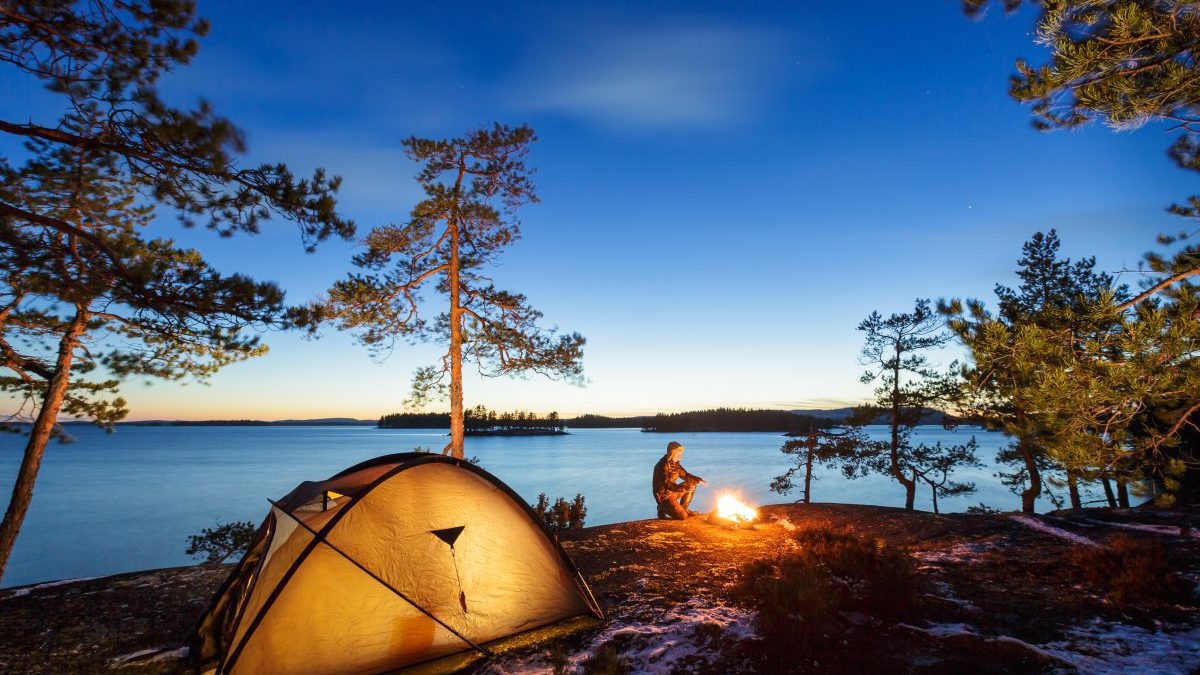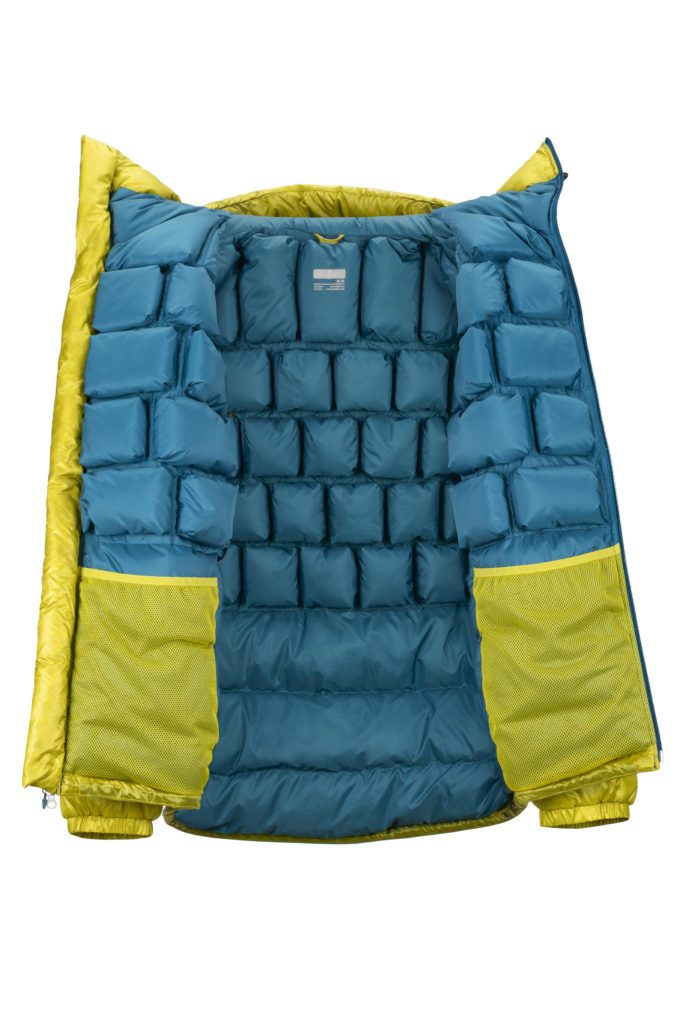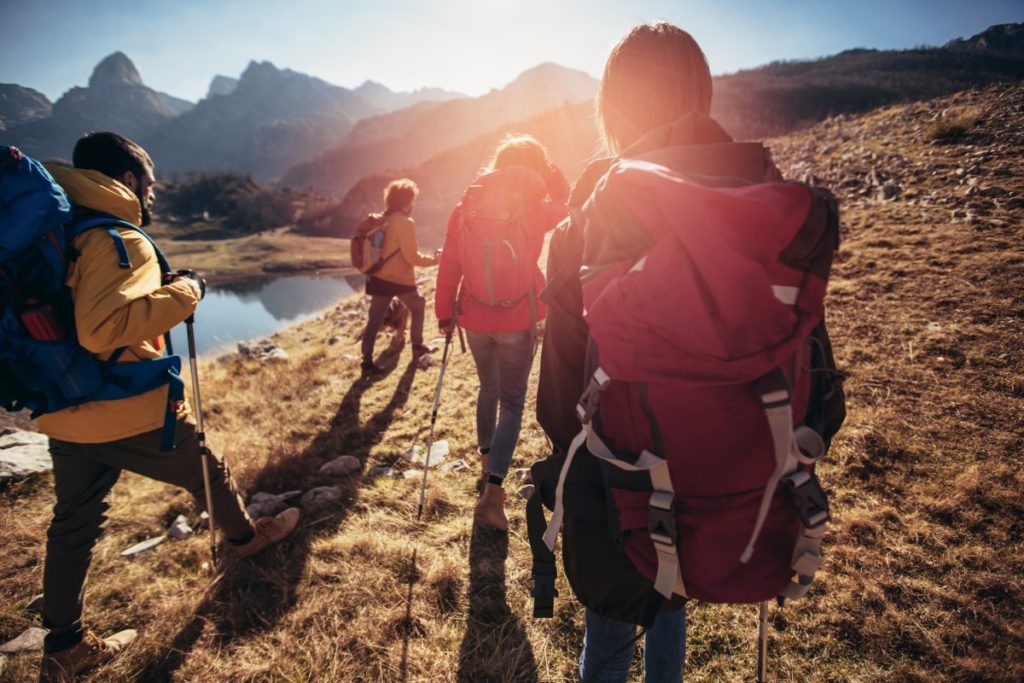10 Tips for the Perfect Late Season Camping Trip
Invest in a solid tent, be prepared to change your plans and more

Summer is the classic time for camping trips. Winter camping is a magical and more demanding past-time gaining popularity for the beauty and solitude of the winter woods. The shoulder seasons of fall and early spring, however, offer some of the best times to visit the backcountry to camp or climb.
Fewer crowds, colourful changing leaves on the trees, cool or sometimes even cold nights and moderate days without mosquitoes or blackflies are just a few of the reasons not to put away your camping gear in the shoulder seasons.
Many activities, like rock climbing, bouldering and trail running are at their best in the fall for all of the reasons above. Fall camping, however, holds a few challenges due to the changeability of the weather. The best way to tackle these conditions enjoyably is to make sure you’re properly equipped and clothed. Here are a few tips to get you started planning your first trip.
1.Bring extra clothes
You’ll need more layers than in summer to cover possible fluctuations in the weather. A good waterproof breathable shell, like the Marmot Spire Jacket made of waterproof-breathable Gore-tex. Bring a few insulating and base layers to give you the flexibility you will need to stay comfortable. Fall temps in the backcountry can swing between almost winter lows and summery highs.
2. Bring more food than you would in summer
Lower temperatures and perhaps even increased wind and rain will mean you’re burning more calories. Plan on 2,500 to 4,500 calories per person per day, and take into account how much activity you’ll be doing. Easy hiking will make you less hungry than bagging summits.
3. Prepare for longer nights
Bring activities like cards, games, candle lanterns or extra headlamp batteries. You’ll be spending more dark hours under the stars than in summer, so be prepared to have fun.
4. Plan for cold nights
Bring a sleeping bag and pad that are up to the coldest possible temperatures for your trip at this time of year. Many have made the mistake of bringing only the sleeping bag they use on warm summer nights and having a shivery, sleepless night. The Marmot Yolla Bolly 15 that goes down to -9 will keep you warm for most fall conditions.
5. Bring an insulated jacket
Marmot West Rib to stay outside late at night to enjoy the stars and the company. The West Rib uses WarmCube insulation technology to combine the loft and lightness of down with a synthetic layer and Pertex shell that will keep you dry if there’s rain or snow.
The handwarmer pockets are perfect for keeping your hands warm or storing lighters and other small, easily lost pieces of equipment. At just two pounds and 5.9 ounces, the West Rib pays off in insulation. It is also a good piece to wear to wick away moisture from damp base layers after strenuous hiking or climbing.
6. Bring gloves, a hat and gloves mittens
You never know what could happen with the weather and these will be welcome at night.
7. Bring a tarp
A lightweight tarp can come in especially useful at the campsite when weather could change quickly.
8. Invest in a solid three-season tent
The increased wind and precipitation that at comes with the autumn will make it worthwhile. Summer tents are lighter and have less wind resistance, often due to their pole structure. That doesn’t mean that you have to go for a heavy tent.
The Marmot Super Alloy 2p weighs only two lbs and 4 ounces but is plenty strong for fall storms. It also has an alcove which comes in handy for putting your shoes on cold or wet mornings.
9. Choose your tent site carefully
Set up your tent in an area where there is natural shelter from wind and precipitation. It will be quieter at night with less rustling of the fly and less precipitation pattering on the tent. There will also be less heat loss from convection. In the summer, a breeze can blow away the bugs, so an open site has some appeal.
After bug season, it isn’t a consideration. If you anticipate a windy night, look for a place where you can pitch your tent in the lee side of trees or rocks that will block the wind. If it’s extra chilly at night, avoid depressions that can fill with cold air at night.
In fall, you’ll need to make sure your tent is well staked and guyed. Those autumn winds can pick up at night and there’s nothing worse than having to get out of your sleeping bag and stake your tent in the middle of a rainy night.
10. Be prepared to change your plans
Enjoying fall weather can be a matter of being flexible. Sometimes staying in the same campsite a second night or shortening your hike or finding a cliff with a sunny aspect can make all the difference in maximizing your enjoyment in the autumn in the backcountry.




